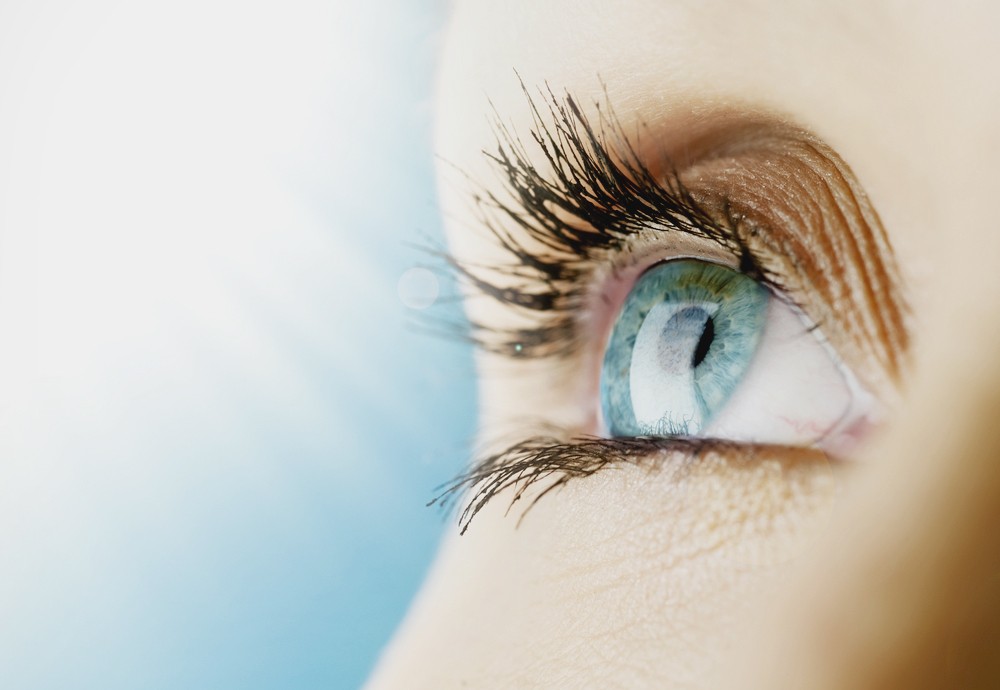When Is The Right Time For Your Youngster To See A Pediatric Optometrist? Indications And Solutions

Web Content Writer-Wright Shah
As a parent, you could question when your youngster ought to see a pediatric ophthalmologist. It's important to acknowledge the signs of potential vision issues, like scrunching up your eyes or constant headaches. You'll wish to make sure your child obtains the right assessments at vital ages. Comprehending these standards can assist you take positive steps for their aesthetic health and wellness. However what particular signs should you search for, and what options are available?
Common Indications of Vision Problems in Kid
When you observe your child squinting, massaging their eyes, or having a hard time to focus on remote items, it may be time to consider their vision health and wellness. These indicators can show underlying concerns that require attention.
You might additionally see them preventing reading or close-up jobs, regularly turning their head, or experiencing frustrations after college. If your youngster appears conveniently distracted or has trouble adhering to moving items, it might signal a vision trouble also.
Furthermore, if they frequently cover one eye or experience trouble with depth perception, it's vital to act. Being positive concerning these signs can lead to prompt interventions, guaranteeing your child's vision develops properly and sustaining their learning and day-to-day activities.
Don't hesitate to speak with a pediatric eye doctor if you're concerned.
Age-Specific Guidelines for Eye Exams
Eye tests are important at different phases of your kid's advancement, and understanding when to arrange them can make a huge distinction.
For babies, it's advised to have their initial eye test at 6 months. This helps capture any kind of prospective concerns early on.
As https://mgyb.co/s/lcFUa approaches age three, a comprehensive examination is essential to evaluate their vision and eye positioning.
Once they begin college, around age 5 or 6, guarantee they've another examination to look for vision adjustments that can influence learning.
Afterwards, regular eye tests every one to two years are typically sufficient, unless your child has details problems or threat factors.
Remaining proactive with these guidelines helps keep your kid's aesthetic health and wellness for a lifetime.
Solutions for Typical Pediatric Vision Issues
Dealing with typical pediatric vision concerns early can substantially boost your kid's lifestyle and learning experience.
If your kid struggles with nearsightedness or farsightedness, restorative glasses or call lenses can help them see clearly.
For conditions like amblyopia (lazy eye), therapies like covering the more powerful eye can improve vision in the weak one.
If your youngster has actually strabismus (crossed eyes), choices like vision therapy or surgical procedure may be essential to align the eyes.
Normal eye exams are vital for monitoring these problems and adjusting treatments as needed.
Motivate healthy and balanced eye habits, like limiting screen time and ensuring appropriate lighting while reading.
Final thought
Finally, keeping an eye on your child's vision is essential. Child Eye Check-up in mind to arrange their first eye test by six months, and follow up at age three and about 5 or six. If you notice signs like squinting or complaints of frustrations, do not wait-- seek advice from a pediatric eye doctor. Early detection and customized services can make a substantial difference in your child's aesthetic health and wellness and overall health. Take action now to guarantee they see the globe plainly!

